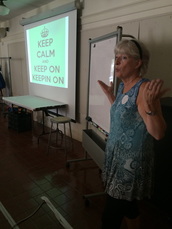
One of the most powerful tenets of writing workshop is the absolute decision-making freedom of the writer to choose what to write about in his or her writer's notebook. But that decision-making ability is a skill that must be explicitly taught. Young writers don't always come into our classrooms understanding how to identify the stories of their lives. When I was an upper elementary grade teacher, I often sat next to student writers who had no idea what to write about when asked to jot down seed stories in their notebooks. They were not prepared to think on their own; they were waiting for "the assignment". I would then need to sit next to the students for much longer and try to draw out their stories by asking lots of questions to help them generate ideas.
The writer's notebook gives students a place to keep their story ideas. And the stories come from their own lives, not from the teacher's instructional plan. This critical practice offers students the opportunity to see that each of their lives has value and is full of small moment stories.
But, most importantly, the writer's notebook is a space for thinking. Beautiful blank pages on which to nudge that thinking into written letters, words, sentences, paragraphs....stories!
Writing is the graphic expression of thought. And it is that thinking part of the process that students need to experience and practice on a daily basis.
Even in kindergarten.
We began a unit of study about using Writer's Notebooks at the beginning of March in kindergarten. Our goals were basically two-fold:
1. Teach kindergarten students how to write in their journals (the nuts and bolts of using the pages and space in the notebooks).
2. Teach kindergarten students how to think about writing in their notebooks (generating ideas, seed stories).
The scope and sequence of the unit was somewhat brief because the whole idea was to encourage the writers to explore and discover their own unique ways across the pages of their notebooks. Our beginning lessons included:
* Move Your Clip! Students will practice the processes and procedures required to maintain this organized tool for keeping their ideas and stories neat and useful. Resource - Priceman, M. (1994). How to Make an Apple Pie. New York, NY: Random House, Inc.
* What is an Idea? And Where Do I Get One? Student writers will continue the work of learning where ideas come from. They will understand that writers record ideas and give them attention by turning them into stories in their writer’s notebooks.
Resource - Yamada, K. (2013). What Do You Do With an Idea? Seattle, WA: Compendium, Inc.
* Don’t Move Your Clip...Until You’ve Finished the Story Student writers will be introduced to the idea that, just like in previous units of study, turning ideas into stories may take multiple days to finish and writers don’t move on (or move their clips to the next clean page) until they have finished the one they are working on.
Resource - Becker, A. (2013). Journey. Somerville, MA: Candlewick Press.
* Creating Pictures That Tell the Story Across the Page Student writers will be introduced to the idea that illustrations help to tell the story and should fill the space above the words with color and detail.
Resource - Jonas, A. (1989). Color Dance. New York, NY: HarperCollins Publishers.
We taught these first lessons across several days, and then we gave the writers many days of writing time. Many days. Of writing time. Here is what it looked like.
The writer's notebook gives students a place to keep their story ideas. And the stories come from their own lives, not from the teacher's instructional plan. This critical practice offers students the opportunity to see that each of their lives has value and is full of small moment stories.
But, most importantly, the writer's notebook is a space for thinking. Beautiful blank pages on which to nudge that thinking into written letters, words, sentences, paragraphs....stories!
Writing is the graphic expression of thought. And it is that thinking part of the process that students need to experience and practice on a daily basis.
Even in kindergarten.
We began a unit of study about using Writer's Notebooks at the beginning of March in kindergarten. Our goals were basically two-fold:
1. Teach kindergarten students how to write in their journals (the nuts and bolts of using the pages and space in the notebooks).
2. Teach kindergarten students how to think about writing in their notebooks (generating ideas, seed stories).
The scope and sequence of the unit was somewhat brief because the whole idea was to encourage the writers to explore and discover their own unique ways across the pages of their notebooks. Our beginning lessons included:
* Move Your Clip! Students will practice the processes and procedures required to maintain this organized tool for keeping their ideas and stories neat and useful. Resource - Priceman, M. (1994). How to Make an Apple Pie. New York, NY: Random House, Inc.
* What is an Idea? And Where Do I Get One? Student writers will continue the work of learning where ideas come from. They will understand that writers record ideas and give them attention by turning them into stories in their writer’s notebooks.
Resource - Yamada, K. (2013). What Do You Do With an Idea? Seattle, WA: Compendium, Inc.
* Don’t Move Your Clip...Until You’ve Finished the Story Student writers will be introduced to the idea that, just like in previous units of study, turning ideas into stories may take multiple days to finish and writers don’t move on (or move their clips to the next clean page) until they have finished the one they are working on.
Resource - Becker, A. (2013). Journey. Somerville, MA: Candlewick Press.
* Creating Pictures That Tell the Story Across the Page Student writers will be introduced to the idea that illustrations help to tell the story and should fill the space above the words with color and detail.
Resource - Jonas, A. (1989). Color Dance. New York, NY: HarperCollins Publishers.
We taught these first lessons across several days, and then we gave the writers many days of writing time. Many days. Of writing time. Here is what it looked like.
By the end of the unit, our writers were working independently in their notebooks for 20 to 25 minutes a day. We let them spread out around the room in an effort to minimize the chattiness that was happening at the tables. And it worked!! They understood the privilege of sitting on beanbag chairs or in the housekeeping area or spread out on the carpet. And they wrote. And wrote. And wrote.
All of their ideas were their own. Their teacher and I did not offer any prompts, only support for the stories they were writing. As you would expect, the ability of each writer to compose a story completely independently was varied. However, each and every one of our writers was able to come up with an idea on his or her own and attend to that work for 20-25 minutes at a time.
This week I will be assessing the kindergarteners' writing. Another important decision we had them make was which story they wanted us to grade. The writers brought their notebooks to me, and we placed shiny stars on the stories they thought were examples of their best work.
I will share some of their work with you next time. I know it won't surprise you. Because you, like me, know that #allkidscanwrite!
Have a great writing week!
All of their ideas were their own. Their teacher and I did not offer any prompts, only support for the stories they were writing. As you would expect, the ability of each writer to compose a story completely independently was varied. However, each and every one of our writers was able to come up with an idea on his or her own and attend to that work for 20-25 minutes at a time.
This week I will be assessing the kindergarteners' writing. Another important decision we had them make was which story they wanted us to grade. The writers brought their notebooks to me, and we placed shiny stars on the stories they thought were examples of their best work.
I will share some of their work with you next time. I know it won't surprise you. Because you, like me, know that #allkidscanwrite!
Have a great writing week!
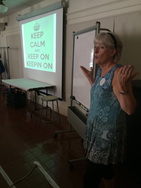
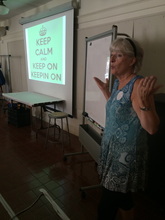
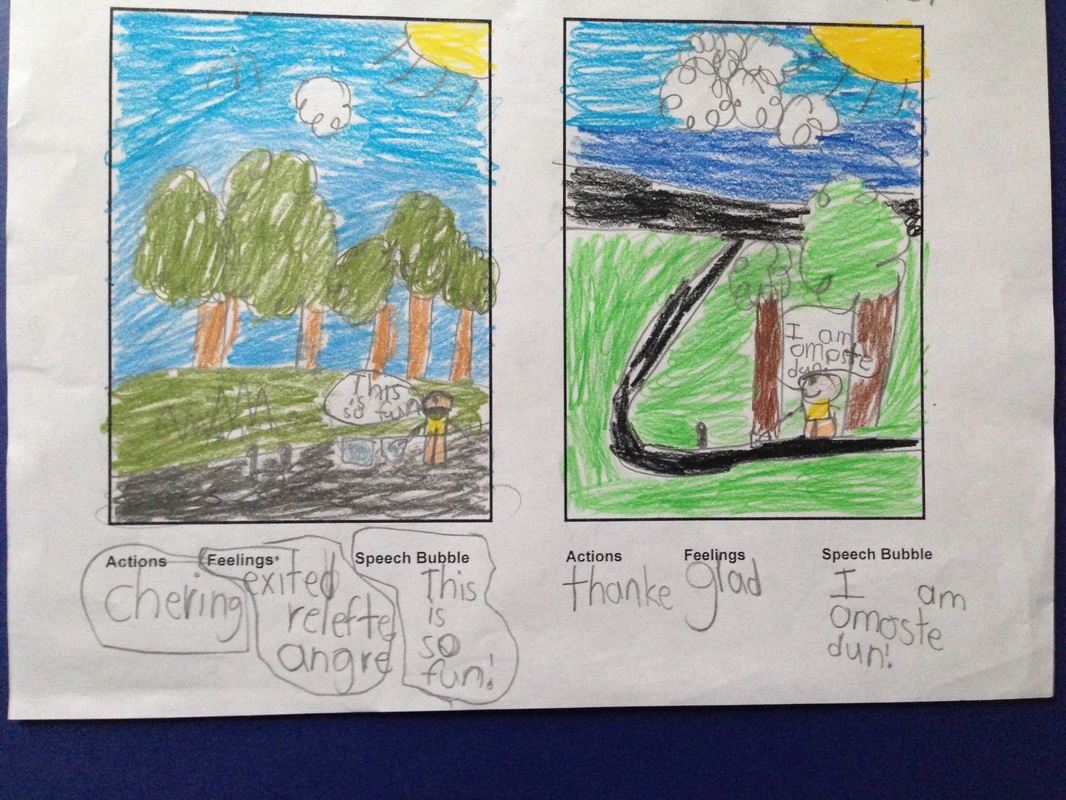
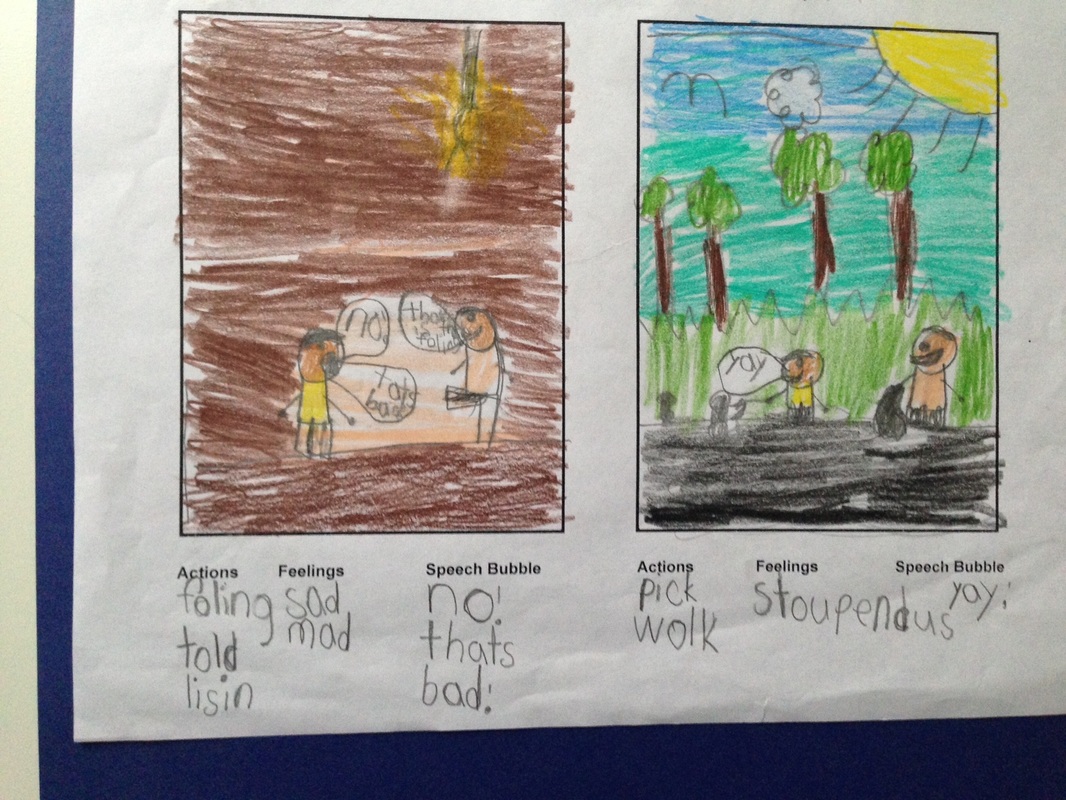
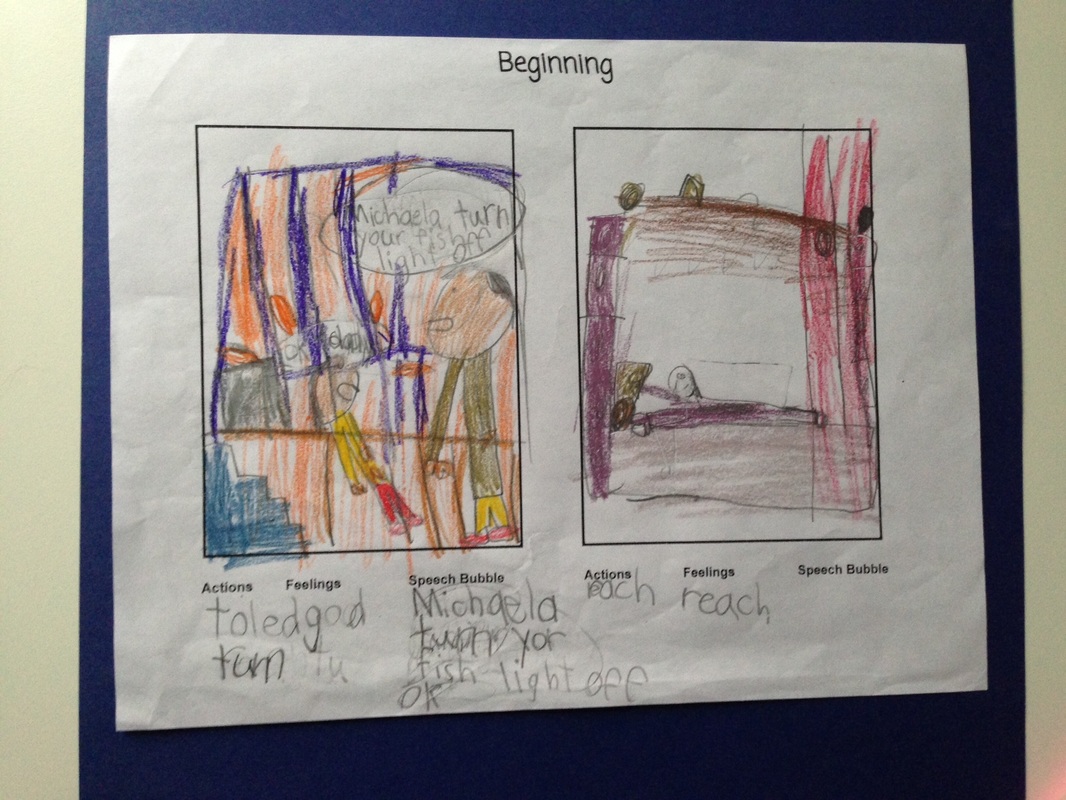
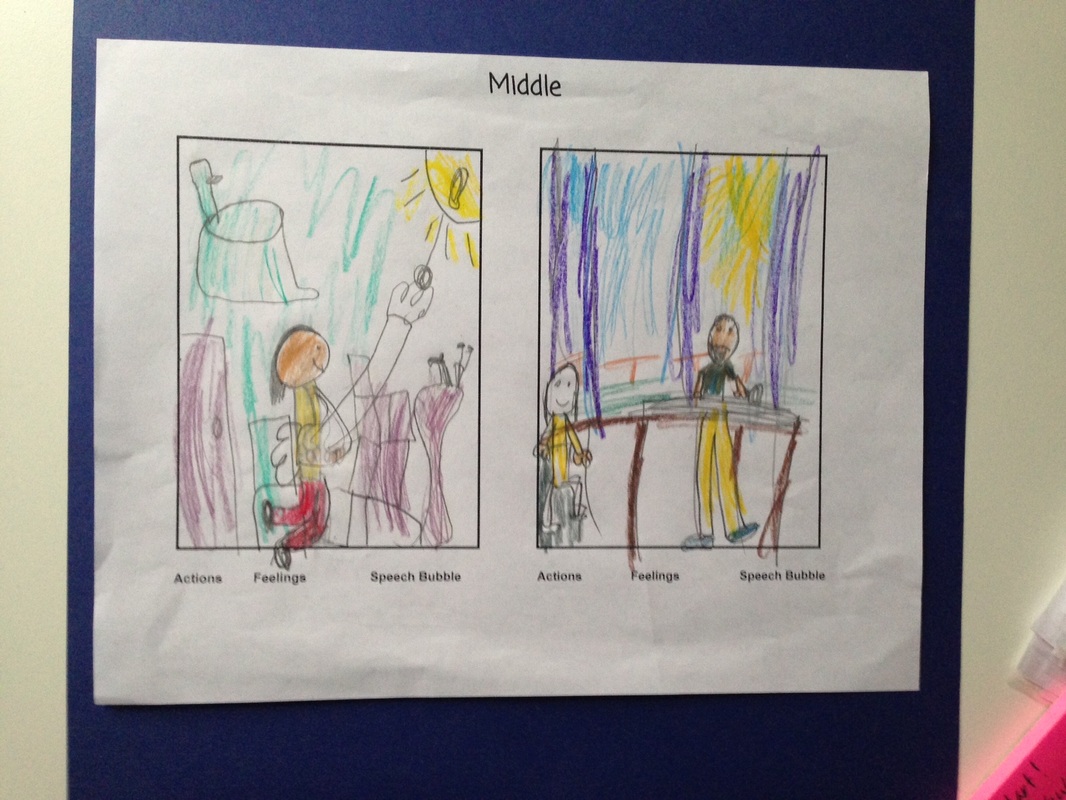
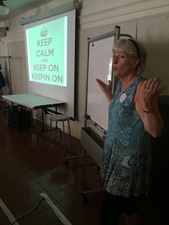
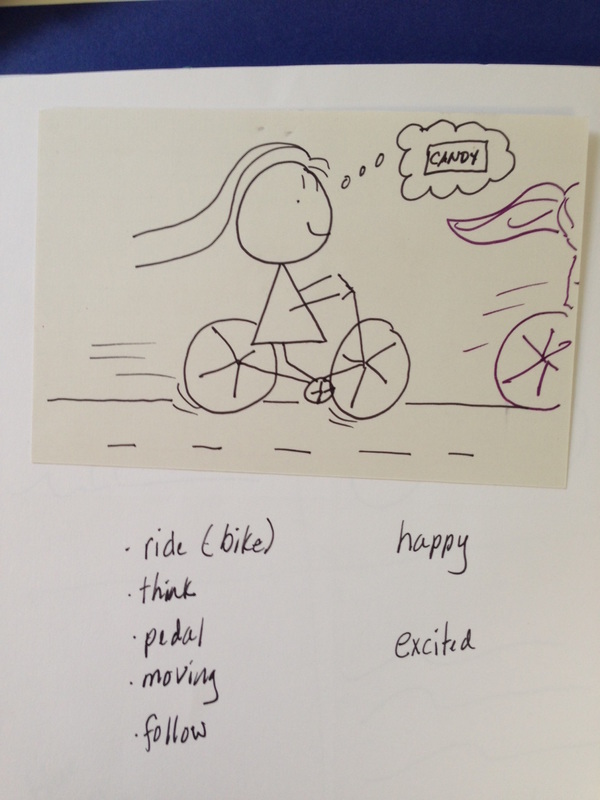
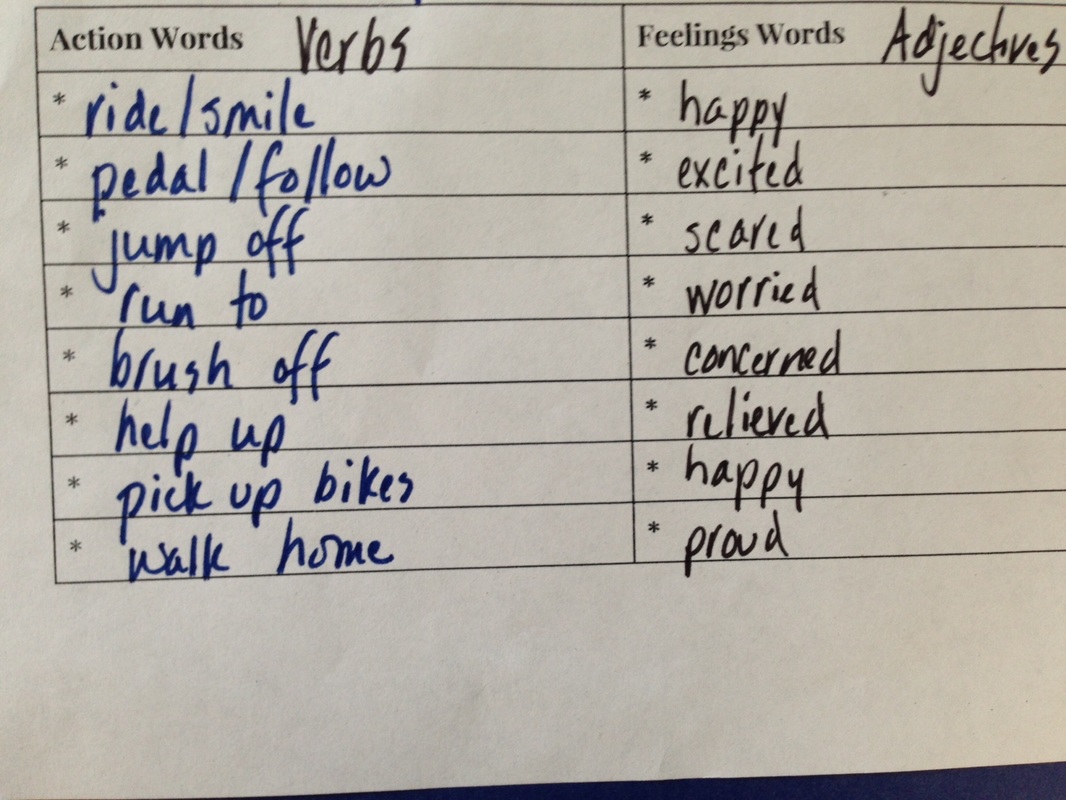
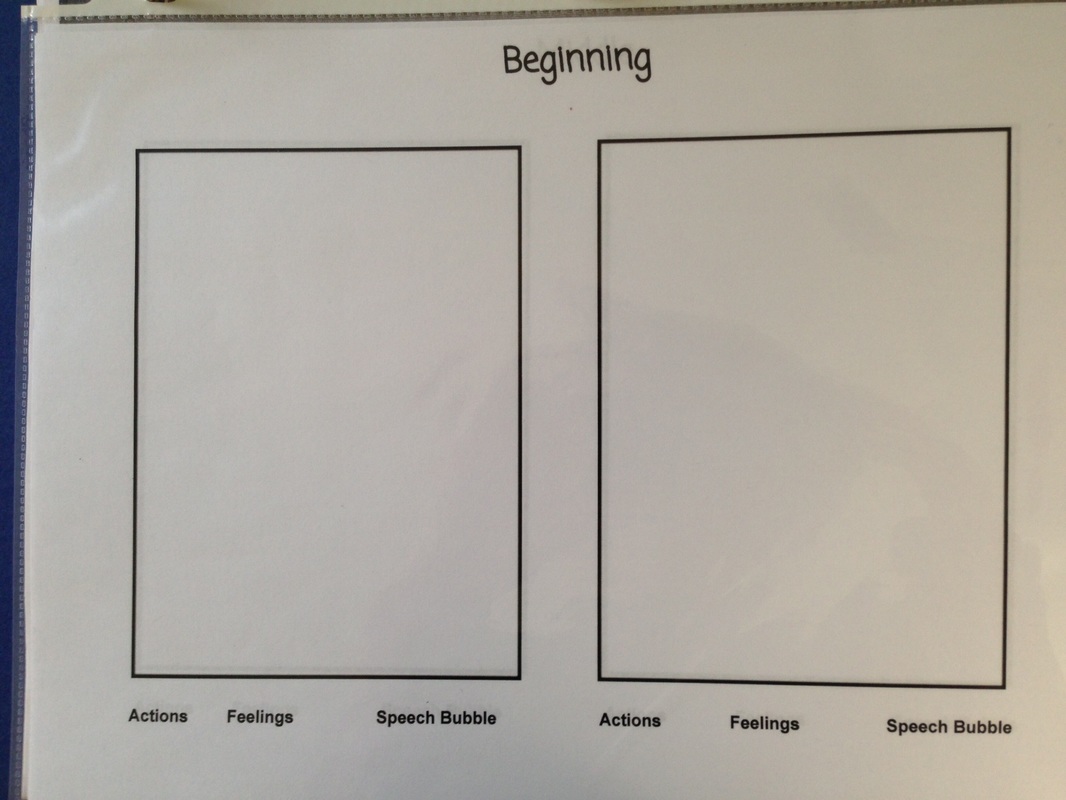
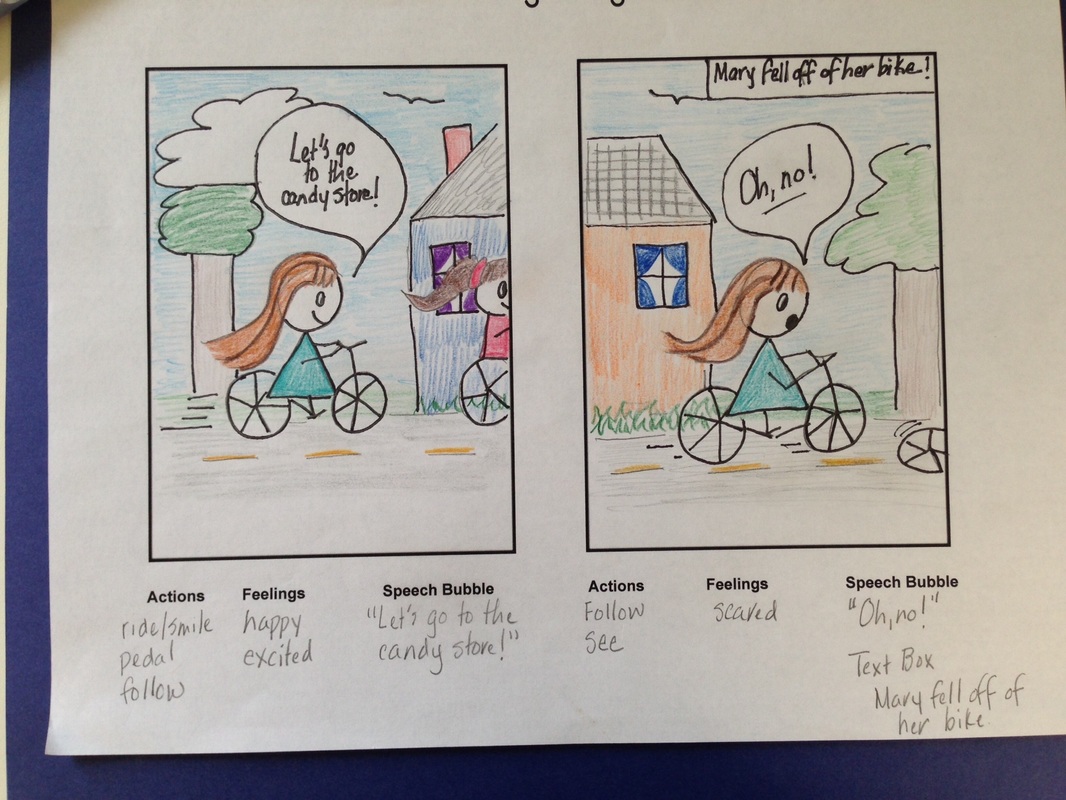
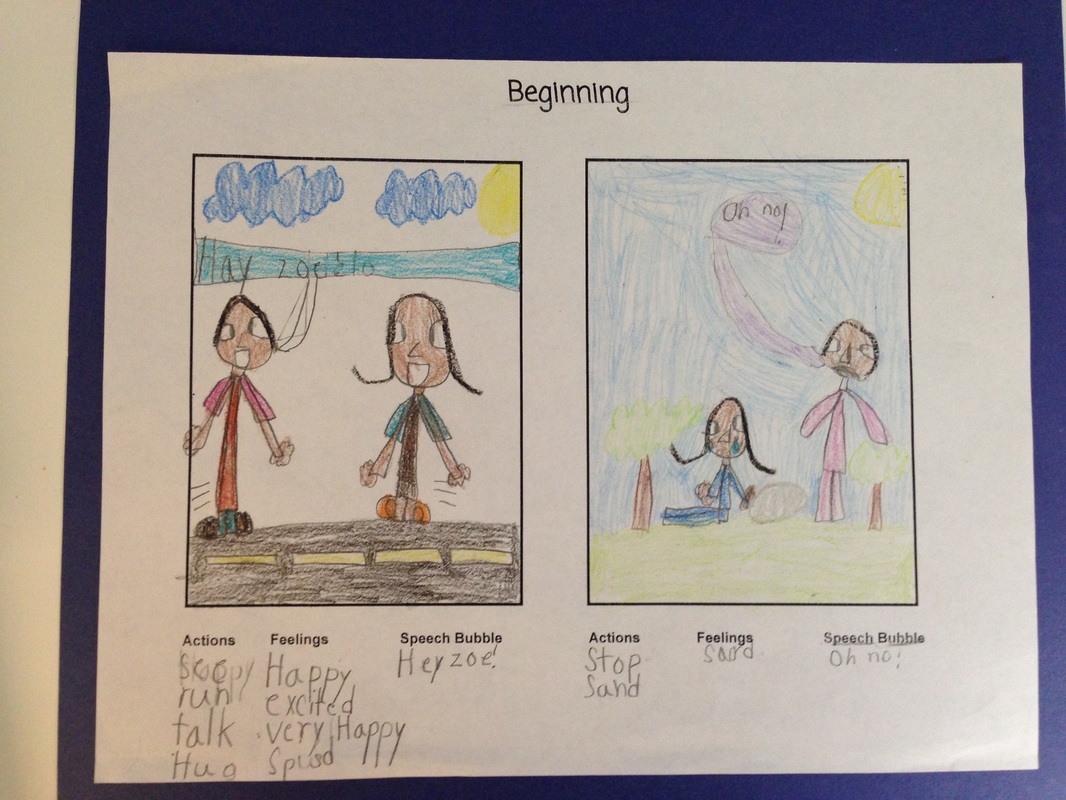
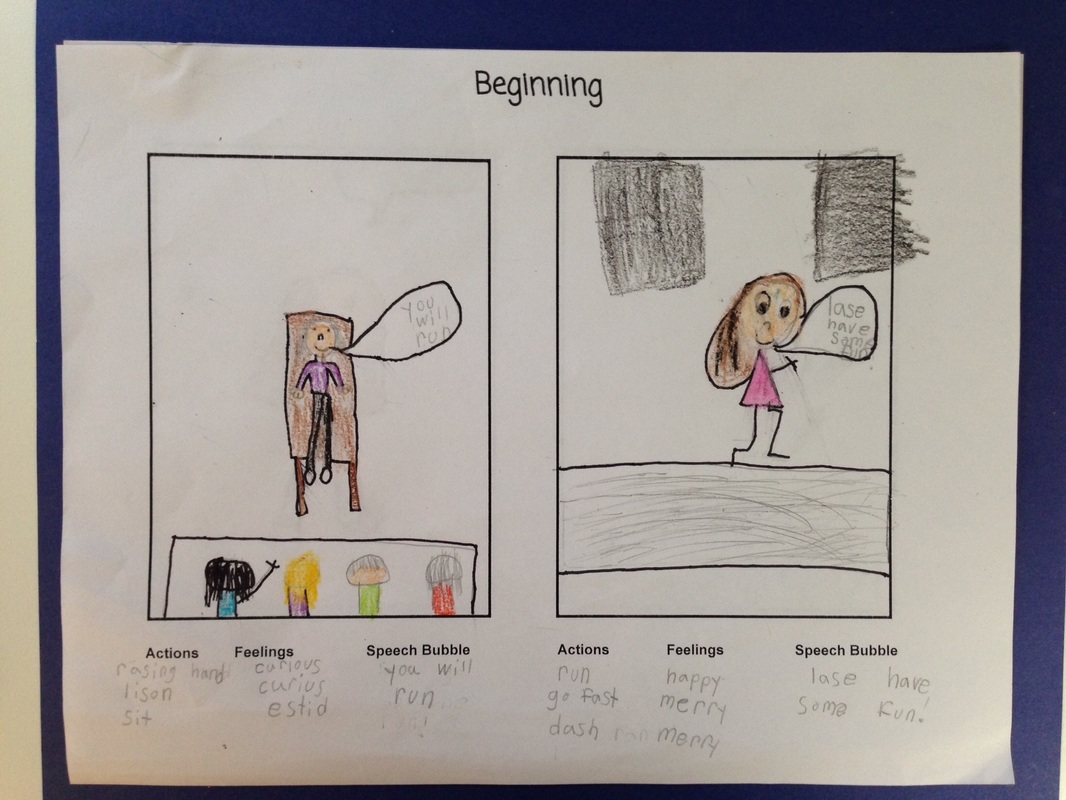
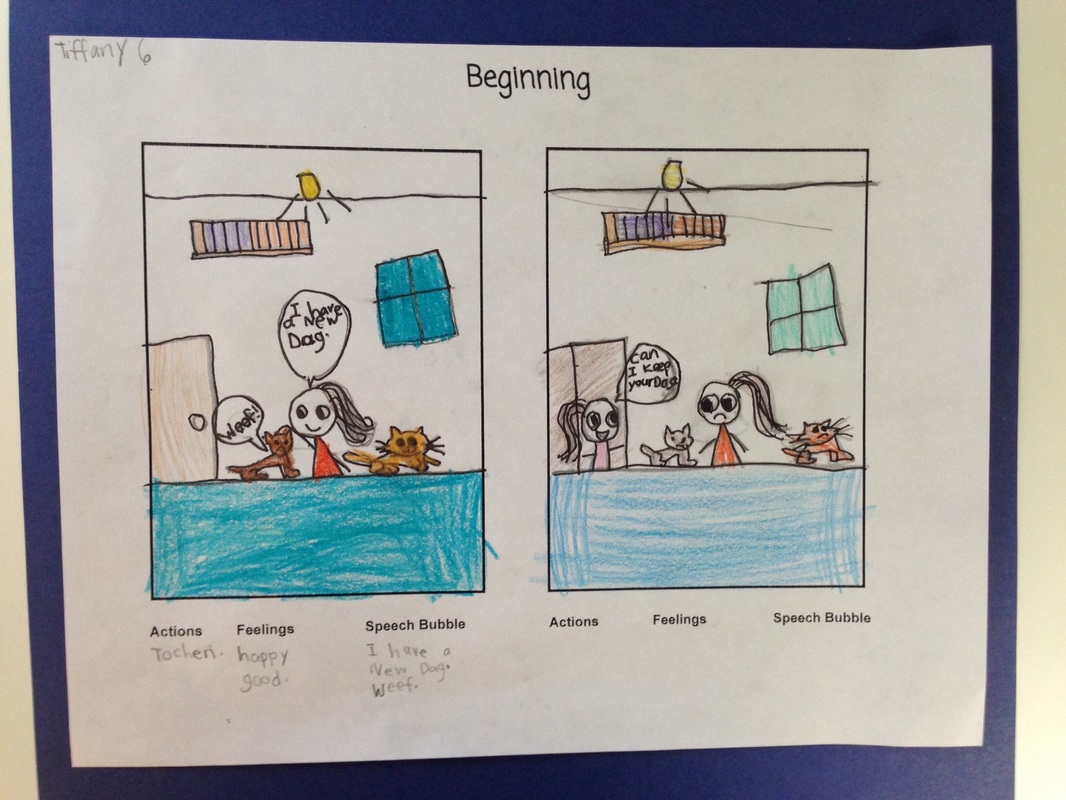
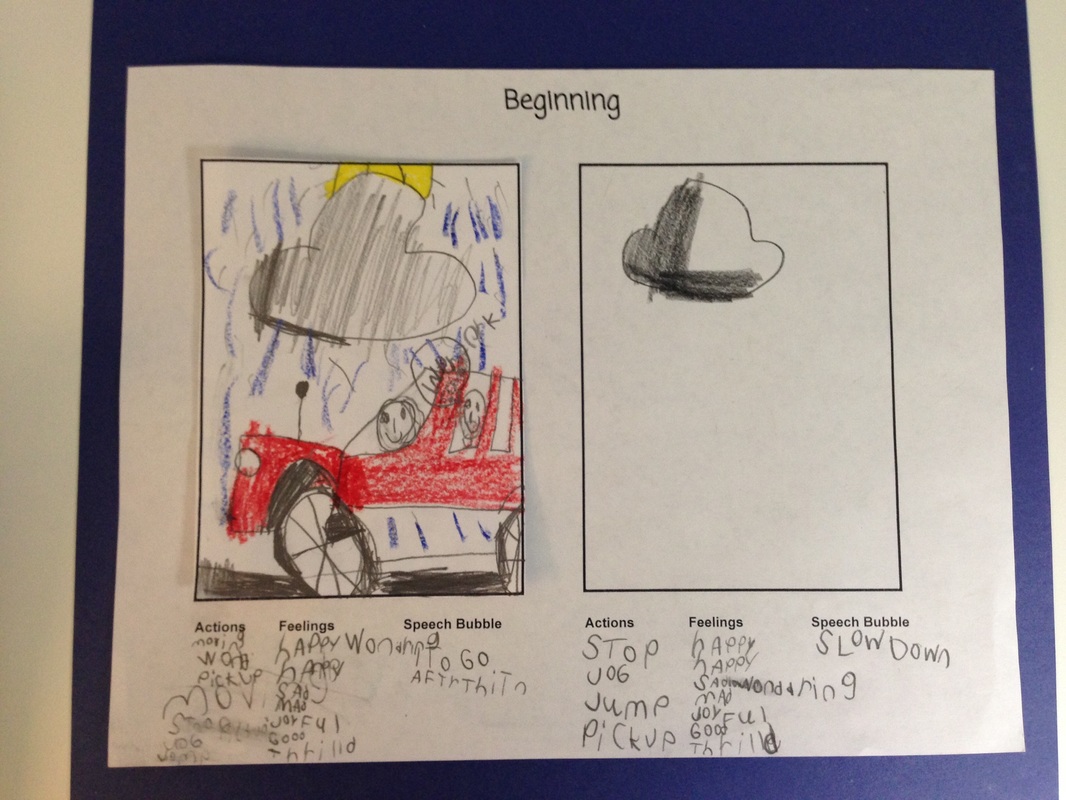
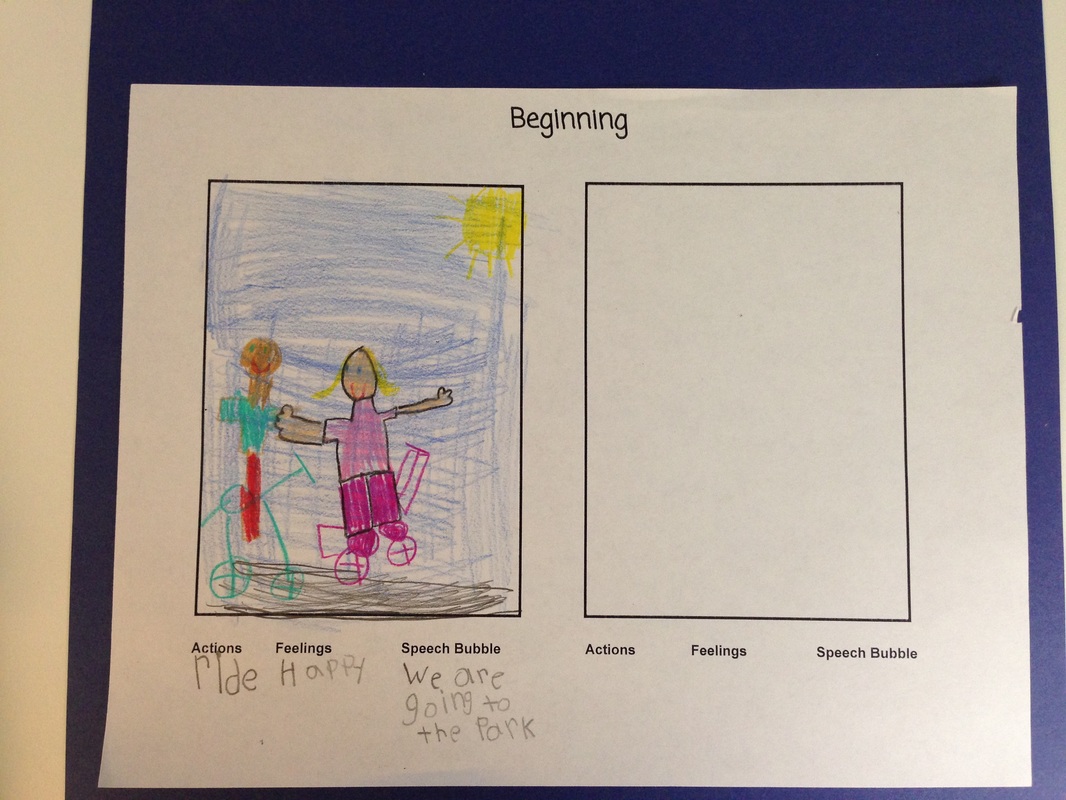
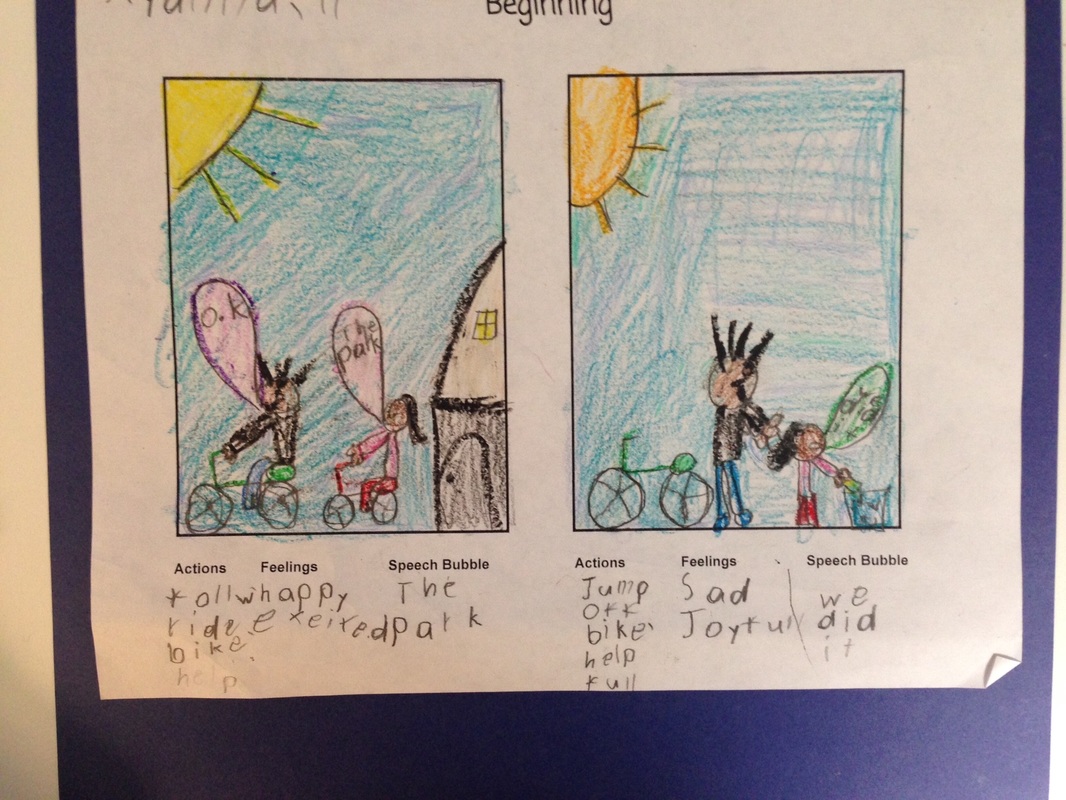
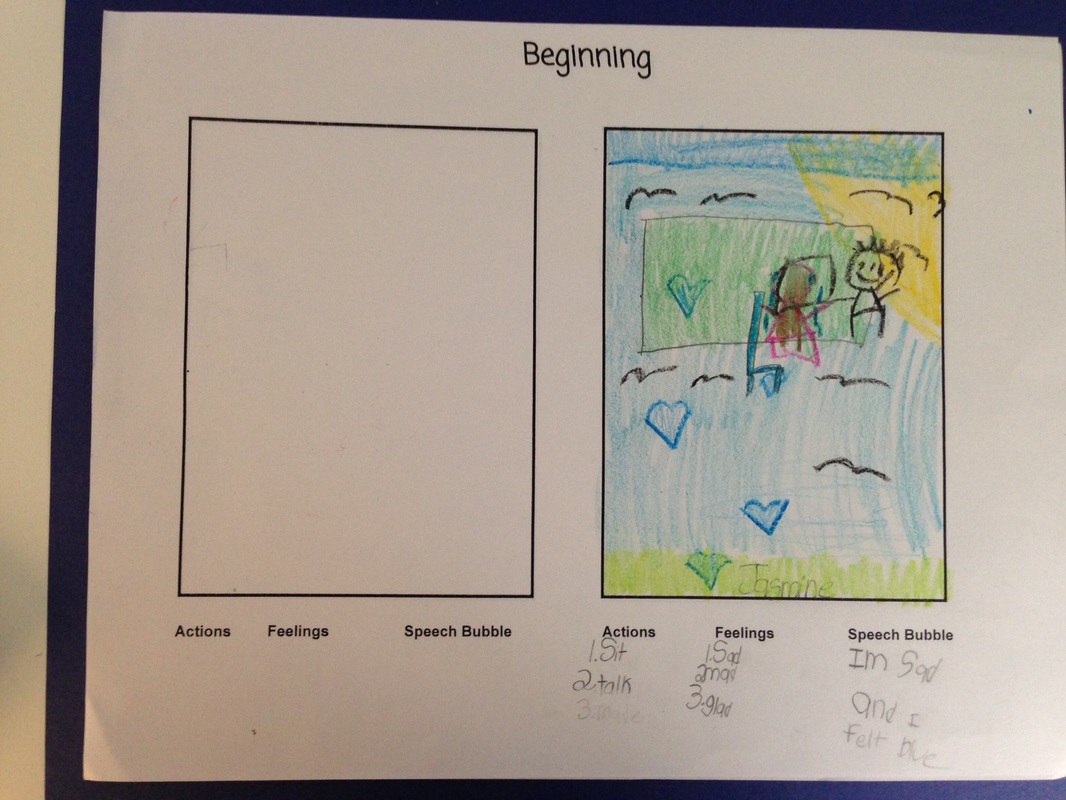
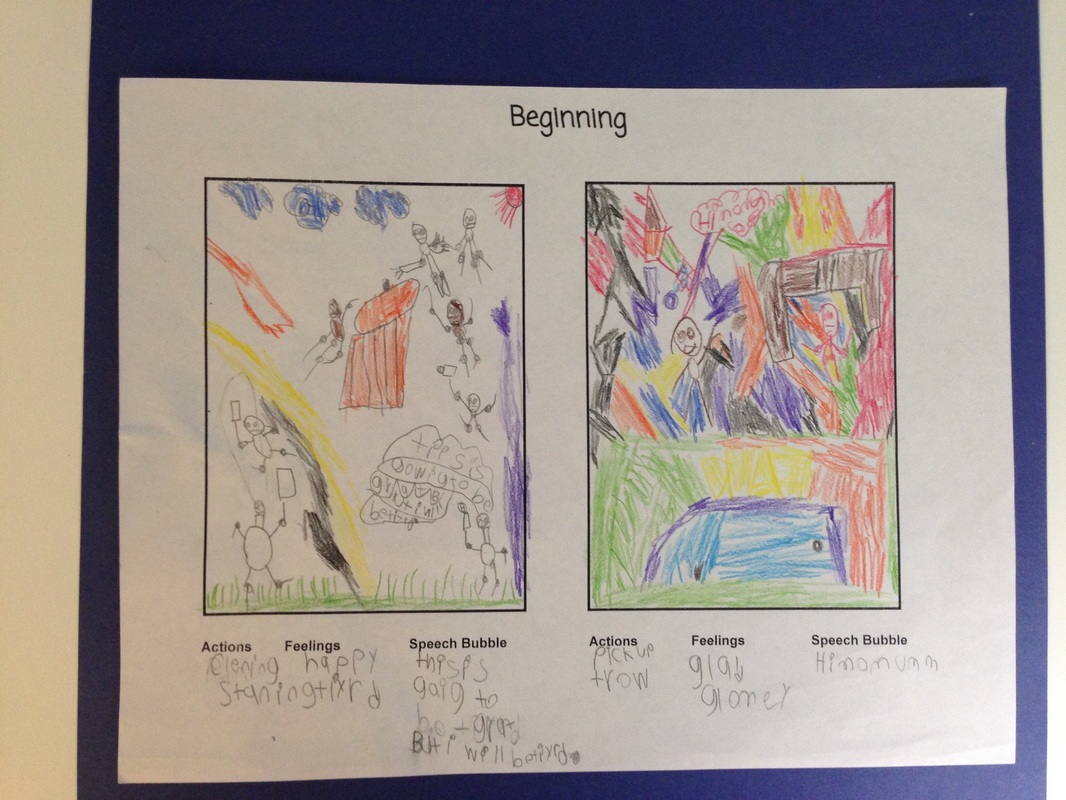
 RSS Feed
RSS Feed
